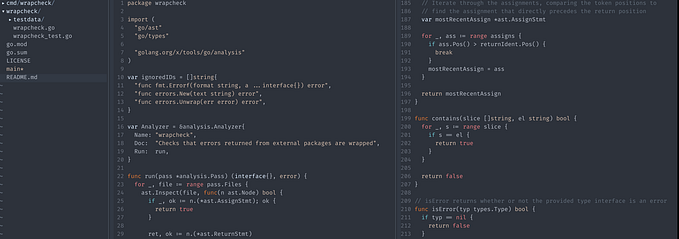Card sorting

All too frequently, content is organized in ways that make sense to the company rather than to the visitors. However, there is a simple technique among many UX research methods that can assist teams in correctly organizing content. That technique is called Card sorting.
If you want to better understand your topic and what your user wants; card sorting will be of great help. It is a simple and tested quantitative technique used in UX Research, information architecture, etc that helps you to design a workflow, menu structure, or website navigation paths.
Just as the name says, card sorting is done, using cards. It is a simple, cheap, and user-focused technique.
In card sorting, Users are given a series of labeled cards (for example, all the products featured in an online bookstore) and they’re asked to group the items in a way that makes the most logical sense.
To conduct a card sort, you can use actual cards, pieces of paper, or one of several online card-sorting software tools.
Card sorting vs Information architecture
Card sorting is a very useful technique for information architecture. With a proper card sort, you can create an information architecture for your website or homepage that is intuitive and easy to navigate; putting your user’s needs front and center.
Card sorting is an excellent way to understand how your users expect the information architecture to be structured.

Types of card sorting
They are 2 major types of card sorting amongst other that we have which are open and close sorting.
1. Open card sorting:
You can use an open card sort to learn how users group content and the terms or labels they give each category. It is the most flexible option. It is highly useful for initial data when starting to create a new IA from scratch or where you’re attempting to replace an out-of-date infrastructure.
An open card sort exercise is good at the beginning of the project because it helps you to understand how people naturally categorize information.
Users are asked to organize cards into groups that feel or make sense to them. They also have the liberty to name each of the groups they’ve created and then be asked to give each of the groups they have formed a label that best describes it.

2. Closed card sorting:
In closed card sorting, the groups are already provided for the user to place the cards in. It works best when you already have a set of pre-defined categories and want to see how the users sort each item to each category.
Closed card sort is used to know if users understand your categorizations and ensure information is organized in a way that makes sense to your users.
It can be used to learn how users sort topics into a predefined set of categories.

Benefits of card sorting
- It is inexpensive
- Helps you gain insight easily and quickly
- It is a great exercise to understand your user’s mental model
- It helps to question your biases
- It improves your information architecture
Disadvantages of card sorting
In as much there are lots of benefits, there are things to bear in mind while conducting a card sorting.
- The user has just surface details and have limited information to what the content is about
- The technique is quick but the analysis can be time consuming
- There is a probability of inconsistency because results may vary from user to user.
In conclusion,
Card sorting is a simple and easy technique which is also effective for information architecture. It is used to understand how users think about your content. Remember that it’s not a silver bullet, and it won’t fix all of the problems on an existing website. However, when using card sorting along with other UX methods such as usability testing it can help you to find out some useful insights about users to get new projects up and running.
References:
https://careerfoundry.com/en/blog/ux-design/what-is-card-sorting/









